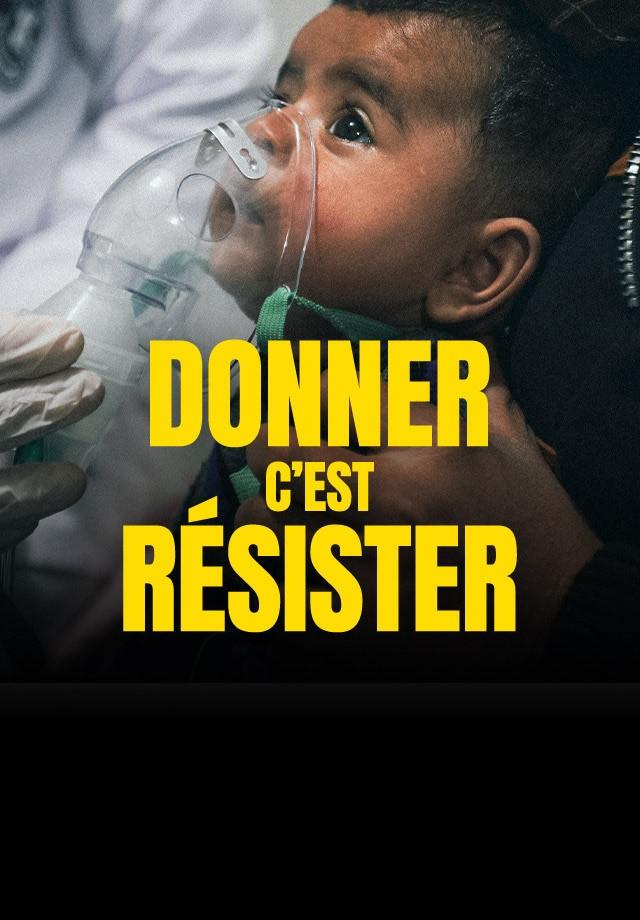JE DECOUVRE LA CAMPAGNE
JE DECOUVRE LA CAMPAGNE
JE DECOUVRE LA CAMPAGNE
JE DECOUVRE LA CAMPAGNE
JE DECOUVRE LA CAMPAGNE
JE DECOUVRE LA CAMPAGNE
JE DECOUVRE LA CAMPAGNE
JE DECOUVRE LA CAMPAGNE
JE DECOUVRE LA CAMPAGNE
JE DECOUVRE LA CAMPAGNE
JE DECOUVRE LA CAMPAGNE
JE DECOUVRE LA CAMPAGNE
JE DECOUVRE LA CAMPAGNE
JE DECOUVRE LA CAMPAGNE
JE DECOUVRE LA CAMPAGNE
JE DECOUVRE LA CAMPAGNE
JE DECOUVRE LA CAMPAGNE
JE DECOUVRE LA CAMPAGNE
JE DECOUVRE LA CAMPAGNE
JE DECOUVRE LA CAMPAGNE
JE DECOUVRE LA CAMPAGNE

Environnement nocifs
Au Nord comme au Sud, les atteintes à la santé liées à des environnements nocifs ont augmenté de manière dramatique ces dernières décennies. Selon l’Organisation mondiale de la santé, un quart des pathologies mondiales sont liées à des causes environnementales qui pourraient être évitées.
L’environnement et le cadre de vie, déterminants essentiels de la santé, sont des révélateurs et facteurs aggravant des inégalités sociales et territoriales. Et bien souvent, à ces cadres de vie nocifs s’ajoute la toxicité de certaines activités génératrices de revenus, qui met encore plus en danger la santé des personnes.
Ces personnes, souvent les plus vulnérables et soumises à des logiques de survie car vivant en situation de précarité et/ou appartenant à des groupes discriminés, appréhendent difficilement les risques environnementaux auxquels elles peuvent être exposées. Leur situation les contraint à vivre et à travailler dans des milieux qui les exposent, de manière constante, répétitive, à des polluants divers, altérant leur santé et affectant leur résilience et leur capacité d’agir. La faible visibilité clinique des intoxications, dont certains effets peuvent être décalés dans le temps, retarde la prise de conscience des risques et entrave l’action individuelle et collective pour s’en prémunir.
Face à ce constat, Médecins du Monde a décidé de faire de la santé environnementale un de ses cinq axes d’intervention prioritaires.
























